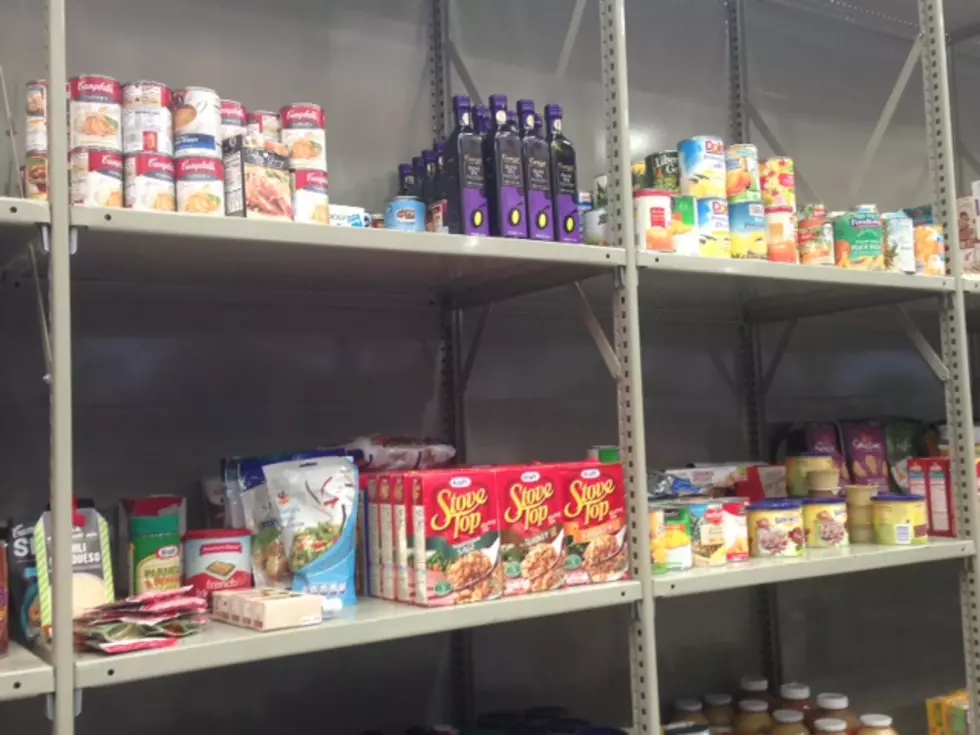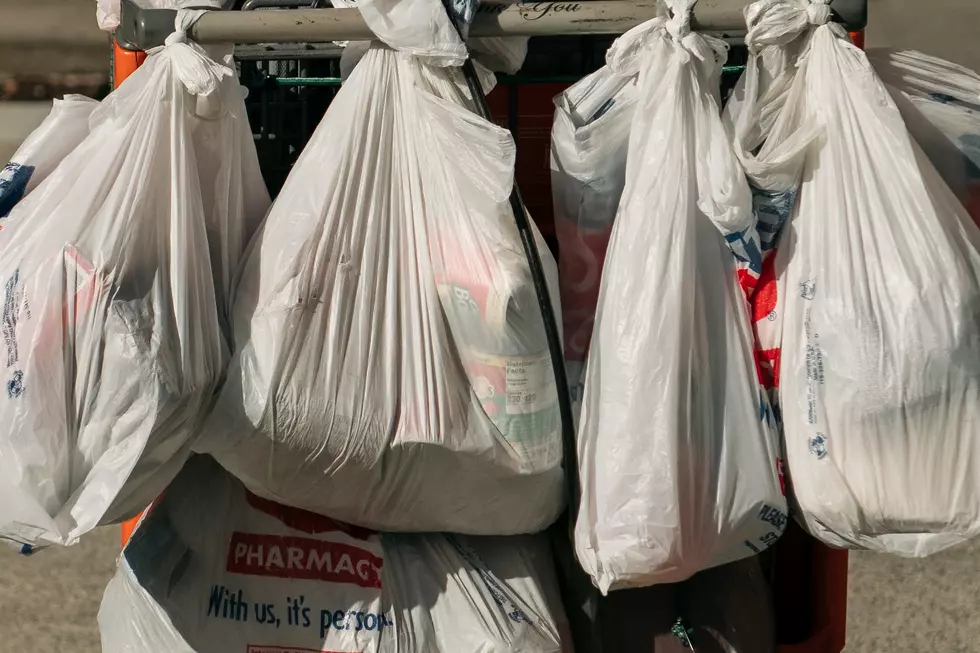
Food insecurity projected to jump by more than 80% in NJ counties
Hunger will spike more in New Jersey this year than in neighboring states, to levels beyond what was seen during the Great Recession, according to a COVID-19 report released Wednesday by the Community FoodBank of New Jersey.
The rate of food insecurity among residents will rise in 2020 by more than 80% in certain counties, according to the report, which uses statistical projections from Feeding America to map increases in food insecurity in all 21 counties.

"In less than a year, COVID-19 is erasing nearly a decade of advancement towards food security in New Jersey and nationwide," said CFBNJ President Carlos Rodriguez. "It's clear from the data presented in this report that no part of our state will be spared from the pandemic's effects on hunger."
As a direct result of COVID-19, the report finds, the number of New Jersey residents who will struggle to access sufficient amounts of food is projected to rise by 56% (431,000 newly hungry) in 2020. That's 10 percentage points higher than the national average and the anticipated increases in New York and Pennsylvania.
Food banks and pantries across New Jersey have been dealing with a significant uptick in demand since the pandemic took hold of the state in March.
The estimated food insecurity rate for New Jersey in 2020, 13.5%, would exceed the highest level experienced in the aftermath of the recession of 2008 (12.3%), the report finds. Twelve counties in New Jersey are expected to exceed Essex County's pre-pandemic rate of food insecurity, 12.7%, which was the highest in the state.
Based on the share of residents affected, Atlantic County is projected to leapfrog from No.4 to No. 1 for food insecurity rates, the report's tables show. The share of food insecure residents is projected to shoot up by more than 80% in Morris, Somerset and Hunterdon counties. The smallest projected jump is 37% in Essex County, which already made more than 100,000 residents food-insecure residents in 2018.
"The public, private and nonprofit sectors must work together in response to the long-term elevated need that we're going to see throughout New Jersey," Rodriguez said.
Noting the state's food security crisis is likely to outlive the pandemic, the report makes a handful of recommendations aimed at keeping food on the tables of those who need it most. State and federal help for food banks is set to disappear at the end of this year, leaving a gap in 2021, the report states.
The report also notes that the now-gone enhanced federal unemployment insurance benefit, at a rate of $600 per week, was a critical support for families that would otherwise be struggling to make ends meet. Unemployed residents are in line to receive $300 extra per week for six weeks starting in October.
Among other measures, CFBNJ recommends that New Jersey make moves to increase participation in and benefits of the Supplemental Nutrition Assistance Program (food stamps). The program serves about 748,000 New Jerseyans. That number was 670,000 in March. The report also suggests that nonprofits, which have been asked to do more in the face of reduced fundraising capabilities, be included in any coronavirus-related relief package.

More From Townsquare Media News:





